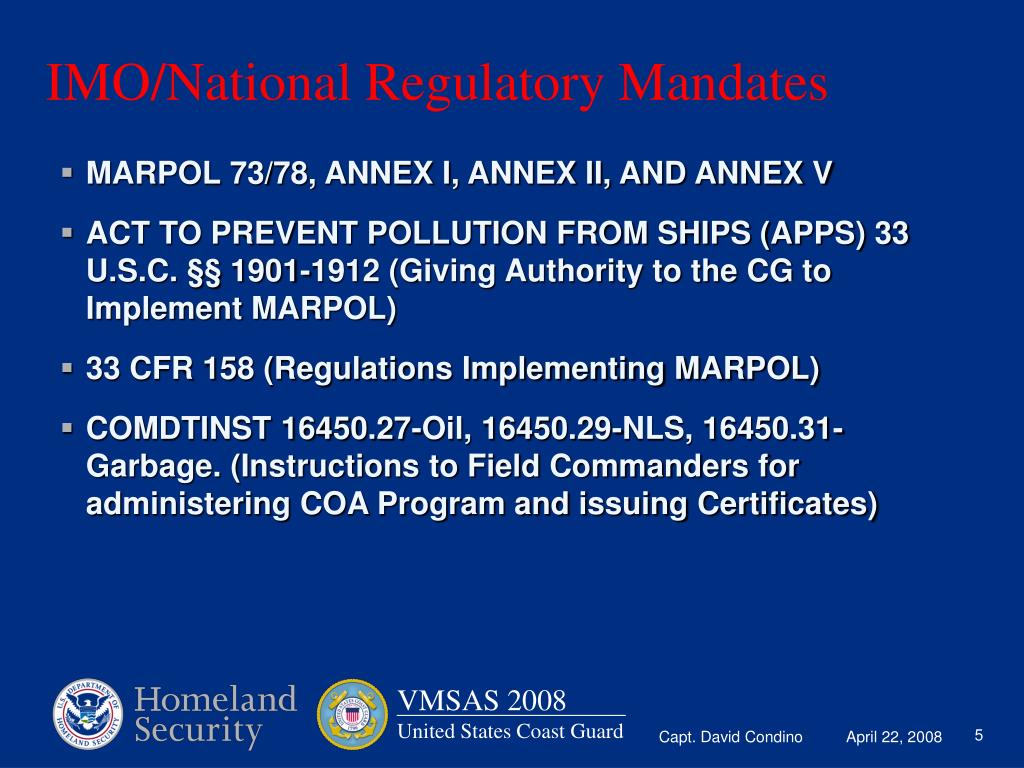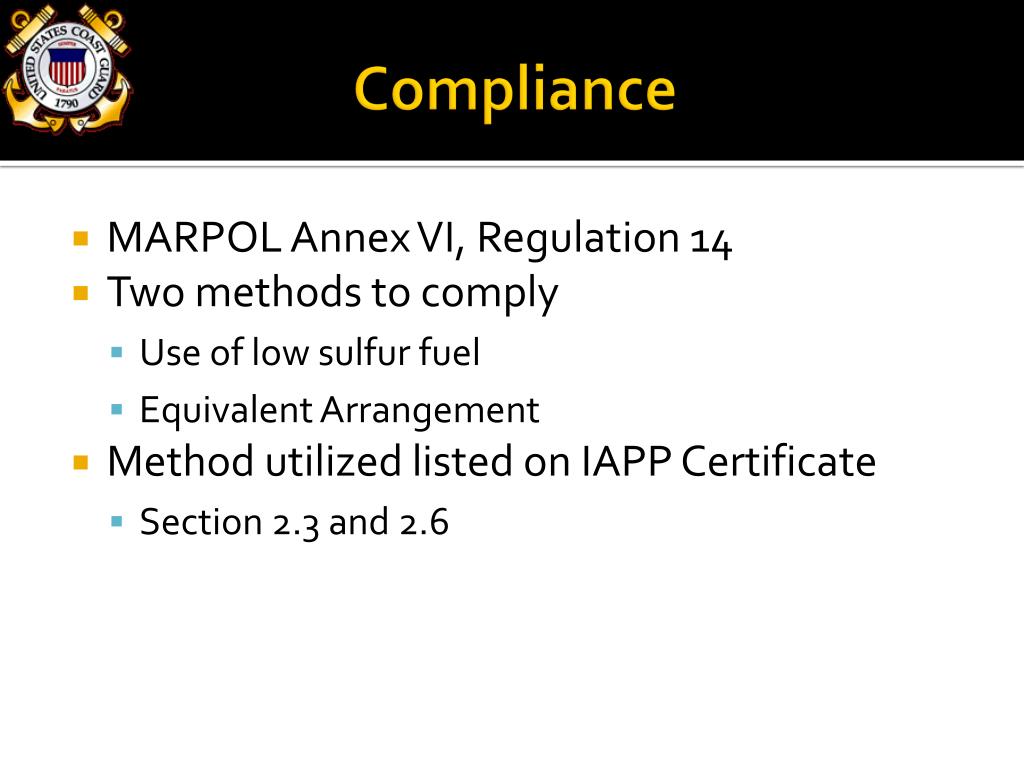

ICCT reportĭaimler (2017) Diamler Sustainability focus report, Diamler 2017ĭe Groot GJ (1996) Blighty: British society in the era of the great war. SAE Int J Engines 6(1):101–119ĬOM//0767 final//0382 (COD) (2016) Proposal for a directive of the European parliament and of the council on the promotion of the use of energy from renewable sources (recast), COM//0767 final//0382 (COD)ĬOM//284 (EU) (2015) Proposal for a regulation setting CO 2 emission performance standards for new heavy-duty vehiclesĬui H (2018) Chinaʻs new energy vehicle mandate policy (Final Rule). SAE Technical PaperĬARB (2016) Zero-emission vehicle standards for 2018 and subsequent model year passenger cars, light-duty trucks, and medium-duty vehicles, California Air Resource BoardĬhang J, Kalghatgi G, Amer A, Adomeit P, Rohs H (2013) vehicle demonstration of naphtha fuel achieving both high efficiency and drivability with EURO6 engine-out NOx emission. SAE Technical Papersīunce M, Blaxill H (2016) Sub-200 g/kWh BSFC on a light duty gasoline engine. SAE Technical Paper Report No 0148–7191Īyala FA, Heywood JB (2007) Lean SI engines: the role of combustion variability in defining lean limits. SAE Int J Engines 5(3):1201–1215Īvola C, Copeland T, Duda R, Burke S, Akehurst CB (2015) Review of turbocharger mapping and 1D modeling inaccuracies with specific focus on two-stag systems. SAE Technical PapersĪttard WP, Blaxill H, Anderson EK, Litke P (2012b) Knock limit extension with a gasoline fueled pre-chamber jet igniter in a modern vehicle powertrain. Appl Therm EngĪttard WP, Toulson E, Huisjen A, Chen X, Zhu G (2012a) Spark Ignition and pre-chamber turbulent jet ignition combustion visualization. Combust Flame 189:337–346Īlvarez CEC, Couto GE, Roso VR, Thiriet AB, Valle RM (2017) A review of prechamber ignition systems as lean combustion technology for SI engines. Development and testing of a certification procedure for CO 2 emissions and fuel consumption of HDV, report by AEA and RIcardoĪlabbad M, Issayev G, Badra J, Voice AK, Giri BR, Djebbi K, Ahmed A, Sarathy SM, Farooq A (2018) Autoignition of straight-run naphtha: a promising fuel for advanced compression ignition engines. Environ Sci Policy Sustain Dev 60:18–25ĪEA-Ricardo (2011) Reduction and testing of greenhouse gas emissions from heavy duty vehicles-LOT 2.

KeywordsĪbdul-Manan AF (2018) On the appropriate use of life-cycle thinking for evidence-based sustainable transport policy. Finally, an overview of major disruptions that are changing the road-based transportation is presented and a balanced life cycle based policy approach is advocated.

An overview of several advanced spark and compression ignition engine technologies with the potential to improve the fuel economy and CO 2 emissions is presented. Furthermore, a brief overview of how OEMs are working toward achieving these targets is presented. The compliance options for these regulations are evaluated using a combination of fuels, engines, and hybridization in each transportation sector. For marine and aviation sectors, these include the International Maritime Organization (IMO) and the International Civil Aviation Organization (ICAO) regulations and aspirations targeted at reducing the CO 2 footprint. For road transport, these include various government- and state-level policy initiatives such as the Corporate Average Fuel Economy (CAFE) and CO 2 emission standards and the zero emission mandates. Here, a holistic review of the current and prospective regulations targeted at curbing transportation-based CO 2 emissions is presented.

Such changes are more evident in the light-duty road transportation sector compared to the heavy-duty road, marine and air transportation sectors. The regulatory framework is evolving globally to more stringent requirements for fuel efficiency and CO 2 emissions, forcing the OEMs to adopt advanced powertrain technologies. The transportation sector accounts for around a quarter of global CO 2 emissions and is powered predominantly by fossil-derived fuels.


 0 kommentar(er)
0 kommentar(er)
